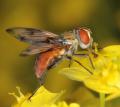Diptera.info :: Identification queries :: Diptera (adults)
Who is here? 1 guest(s)
|
Alpine Chloropidae, Dicraeus? → Cremifania bulgarica
|
|
| christoophe |
Posted on 17-08-2024 14:27
|
|
Member Location: France Provence Posts: 1995 Joined: 06.02.08 |
Collected at 2750 a.s.l., size 3 mm.
christoophe attached the following image: 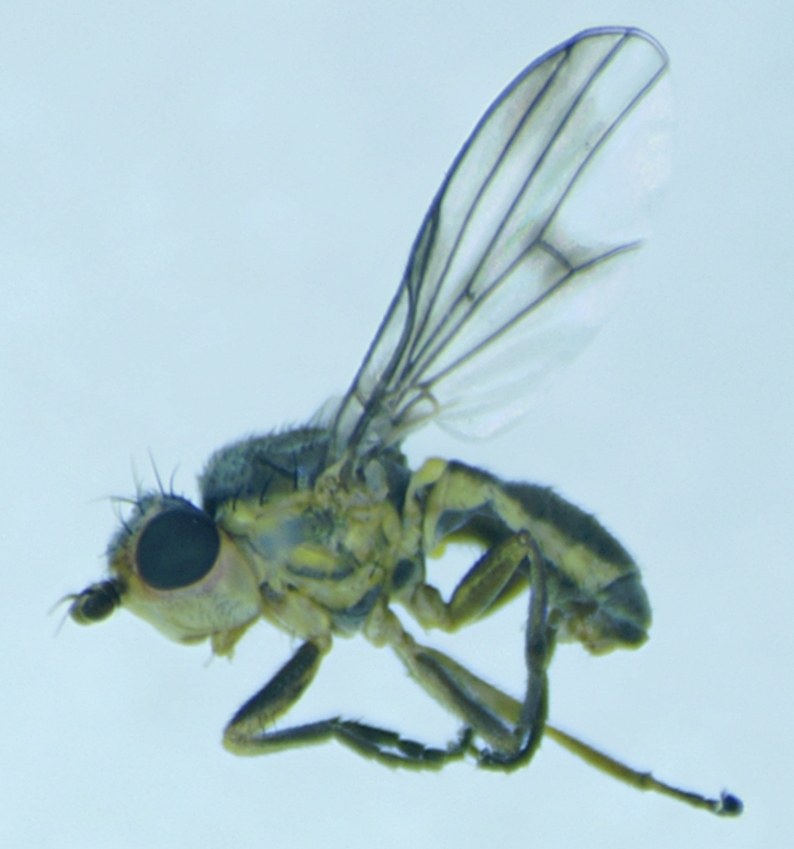 [184.5Kb] Edited by christoophe on 05-09-2024 06:22 |
|
|
|
| christoophe |
Posted on 17-08-2024 14:28
|
|
Member Location: France Provence Posts: 1995 Joined: 06.02.08 |
other
christoophe attached the following image:  [193.57Kb] |
|
|
|
| christoophe |
Posted on 17-08-2024 14:29
|
|
Member Location: France Provence Posts: 1995 Joined: 06.02.08 |
head
christoophe attached the following image: 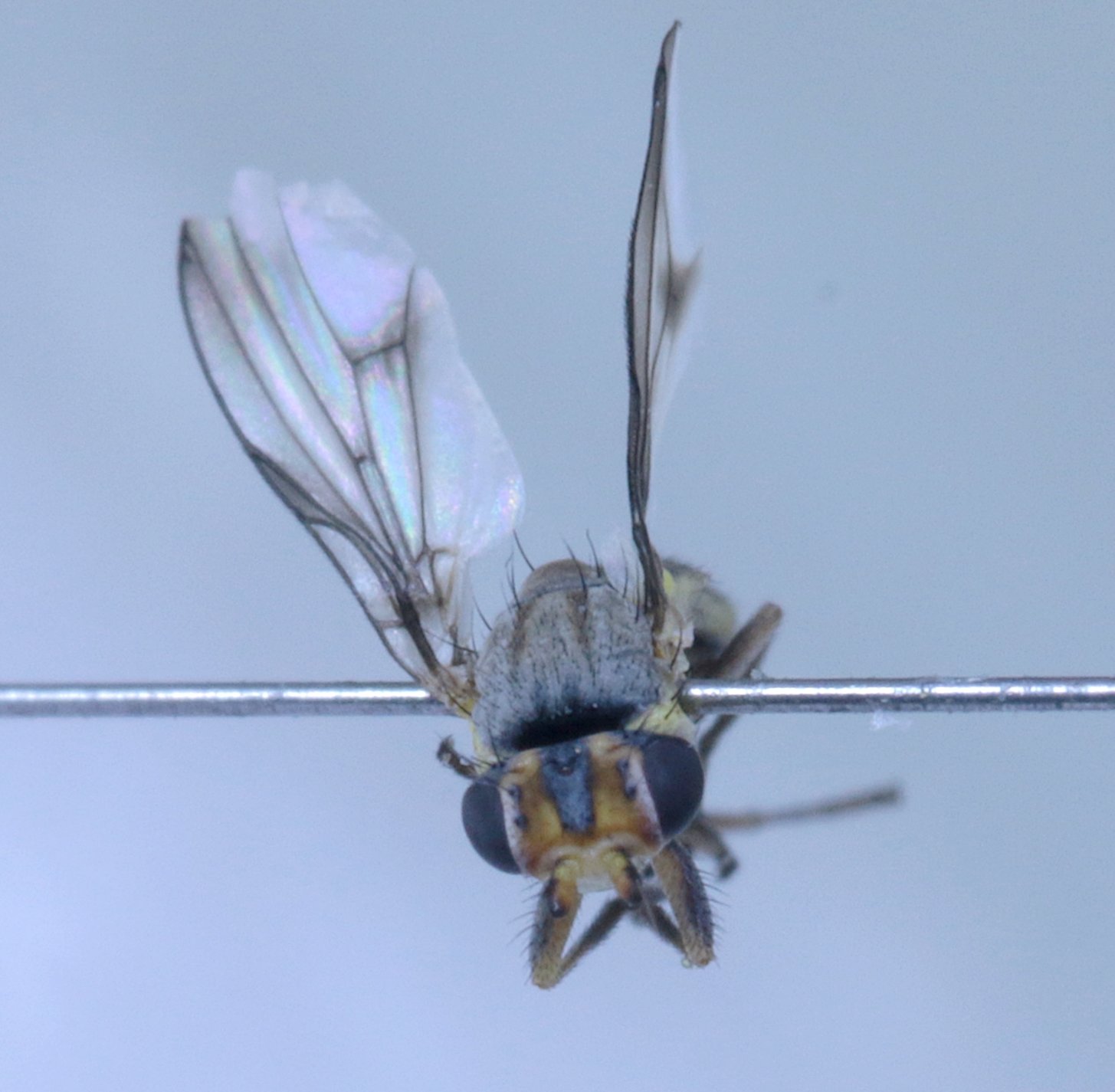 [194.39Kb] |
|
|
|
| christoophe |
Posted on 17-08-2024 14:29
|
|
Member Location: France Provence Posts: 1995 Joined: 06.02.08 |
top
christoophe attached the following image: 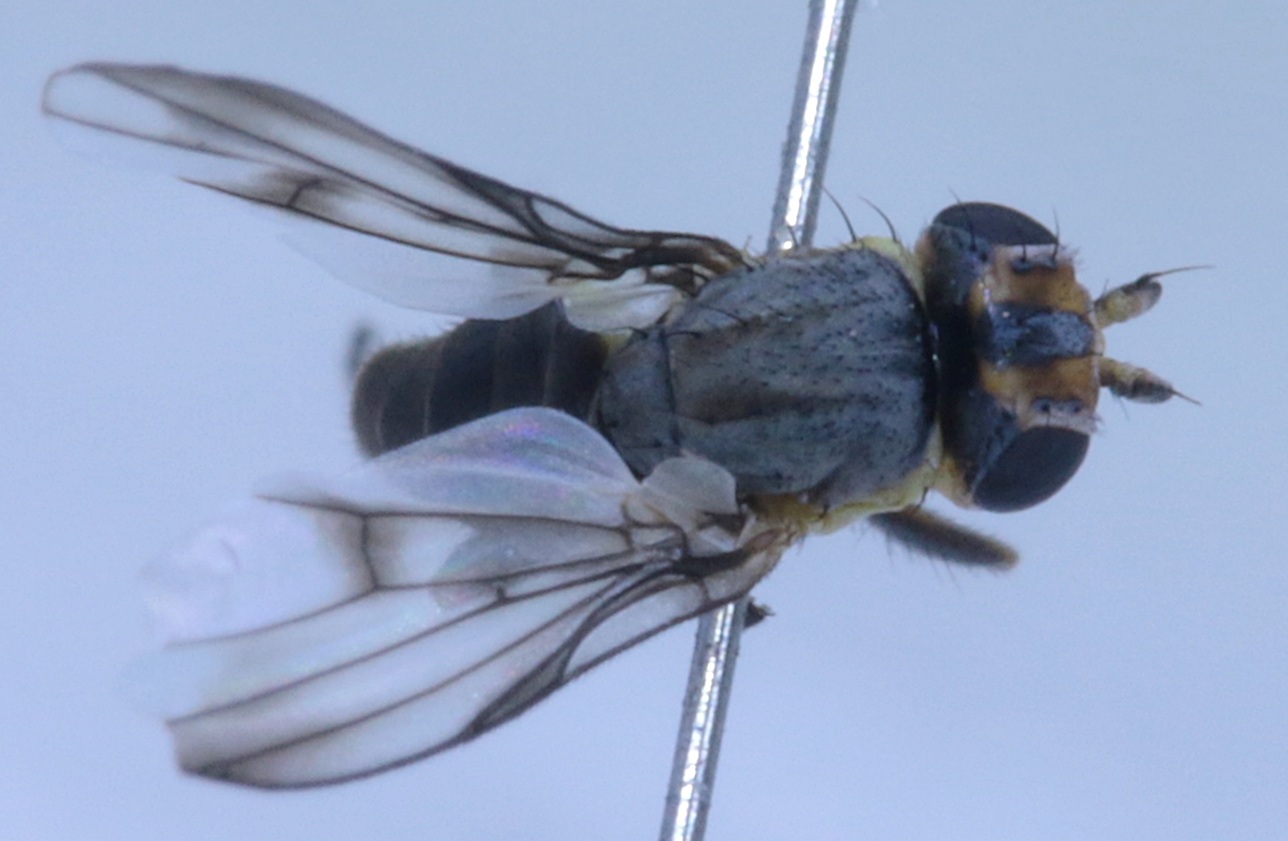 [196.7Kb] |
|
|
|
| nielsyese |
Posted on 24-08-2024 10:49
|
|
Member Location: Yerseke, NL Posts: 2362 Joined: 13.02.09 |
It is a beautiful fly and I hope someone recognizes it. The subcosta seems to be complete, which would be unusual for Chloropidae? In general, it looks a bit like an Agromyzidae, but there appear to be no vibrissae?
Edited by nielsyese on 24-08-2024 10:49 Best wishes, Niels-Jan Dek |
|
|
|
| John Carr |
Posted on 24-08-2024 16:49
|
|
Super Administrator Location: Massachusetts, USA Posts: 10511 Joined: 22.10.10 |
Sciomyzidae? In Agromyzidae the subcosta is never strong and widely separated from the tip of R1, and the wings are clear in temperate species. |
| von Tschirnhaus |
Posted on 03-09-2024 18:36
|
|
Member Location: Bielefeld, Germany Posts: 454 Joined: 04.11.07 |
Chamaemyiidae, Cremifaniinae, Cremifania nigrocellulata Czerny, 1904. This "aphid fly" was identified by Dieter Doczkal (Munich) in correspondence with me. We both had identified millions of flies during our life, but D.D. found only 1 specimen and I never caught this rarity. It was partly included in an own family Cremifaniidae with only one Nearctic genus and three species. Larvae develop as predators among Adelgidae larvae (compare Zwölfer & Pschorn-Walcher 1960, Zeitschrift für angewandte Entomologie 46: 260-273, not being available in the net). On the first glance, the fly seems to look like a tropical agromyzid with picture wings. But incurved lower orbital bristles are missing (known only in the male of Cerodontha nigricornis in the high Andes, see introduction of https://sdei.senckenberg.de/tschirnhaus-agromyzidae/ ), but orbital setulae inside the upper eye-margin and parafacialia below the eyes (=cheeks) are present. As well, 2 dorsocentrals occur in many agromyzids and vibrissae can be absent in certain leaf-miner flies. Differences are the complete subcosta which ends far basally of the R1 vein. Absent peristomal setae are unknown in agromyzids, and the hind cross-vein stands distinctly more distally compared with agromyzids. |
| christoophe |
Posted on 04-09-2024 07:50
|
|
Member Location: France Provence Posts: 1995 Joined: 06.02.08 |
Thank you both for this determination. |
|
|
|
| Fred Fly |
Posted on 04-09-2024 08:13
|
|
Member Location: Germany Posts: 396 Joined: 19.07.11 |
Hi, your specimen corresponds with Cremipannia bulgarica Papp, 2010 based on the key given by Papp (2010): 5(6) Postfronswith normal frontal (ocellar) triangle, no supra-lunular setae. Wing membrane other than subcostal cell clear. Anepimeron with a setula in ventral middle. Calyptrae with dusky margins and fringes. Male genitalia (MCALPINE 1963: figs 4, 7, 11). Body length 1.5–2.0 mm. Central Europe, North America, introduced (U.S.A.: Oregon; Canada: New Brunswick, Newfoundland) C. nigrocellulata CZERNY, 1904 6(5) Postfrons with extremely large frontal triangle, most anteriorly with a pair of very strong supra-lunular setae (Fig. 8). Wing more richly patterned (Figs 6–7). Anepimeron without setulae (Fig. 6). Calyptrae and their fringes whitish yellow. Male genitalia (Figs 1–5). Body length 2.5 mm. Bulgaria sp. n. Regards |
|
|
|
| christoophe |
Posted on 04-09-2024 12:41
|
|
Member Location: France Provence Posts: 1995 Joined: 06.02.08 |
its large frontal triangle and extremely large supra-lunular setal pair, as well as its 2 ventro-apical setae on mid tibia, its richly patterned wing Papp, [J.L. (2010) A new Cremifania species from Bulgaria The morphological criteria effectively correspond to bulgaria. However, there are no conifers in the vicinity, including on the other slopes. christoophe attached the following image: 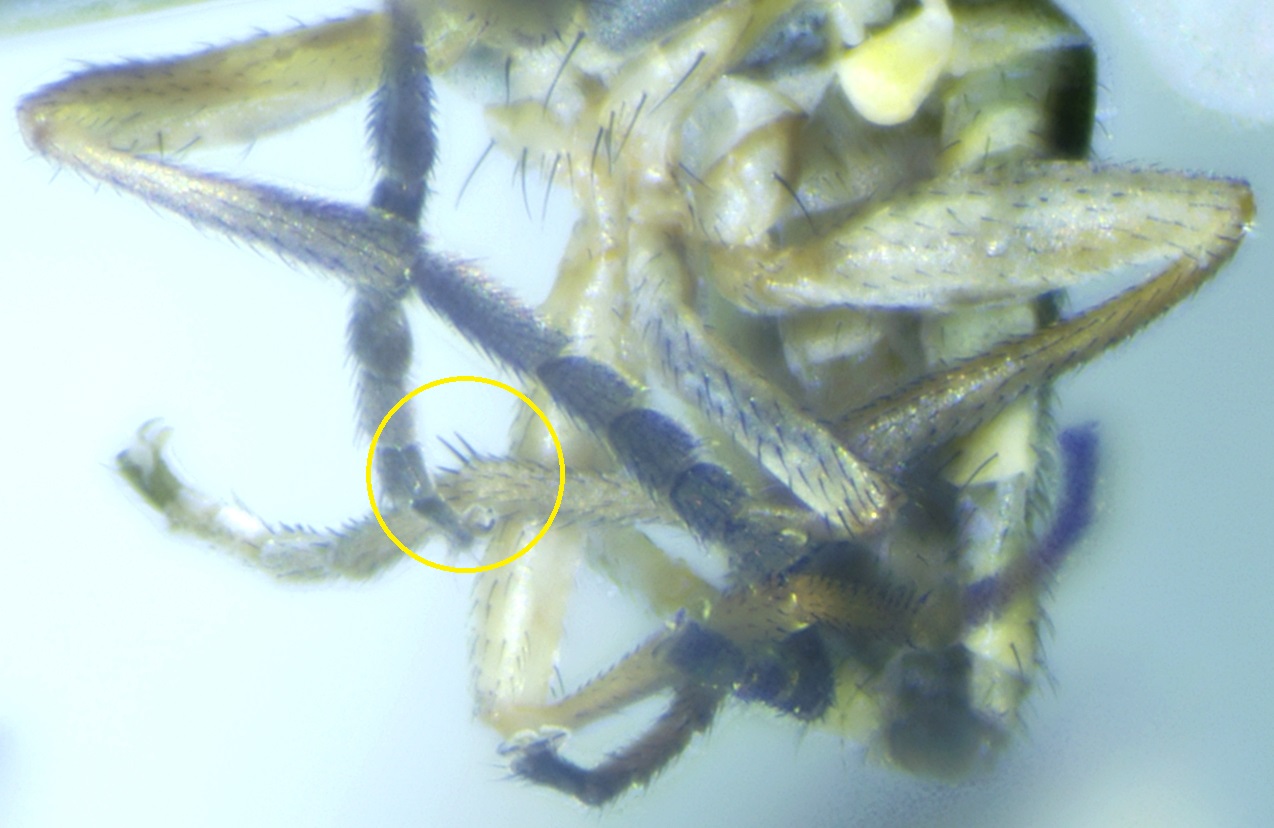 [190.16Kb] |
|
|
|
| christoophe |
Posted on 04-09-2024 12:42
|
|
Member Location: France Provence Posts: 1995 Joined: 06.02.08 |
frons
christoophe attached the following image: 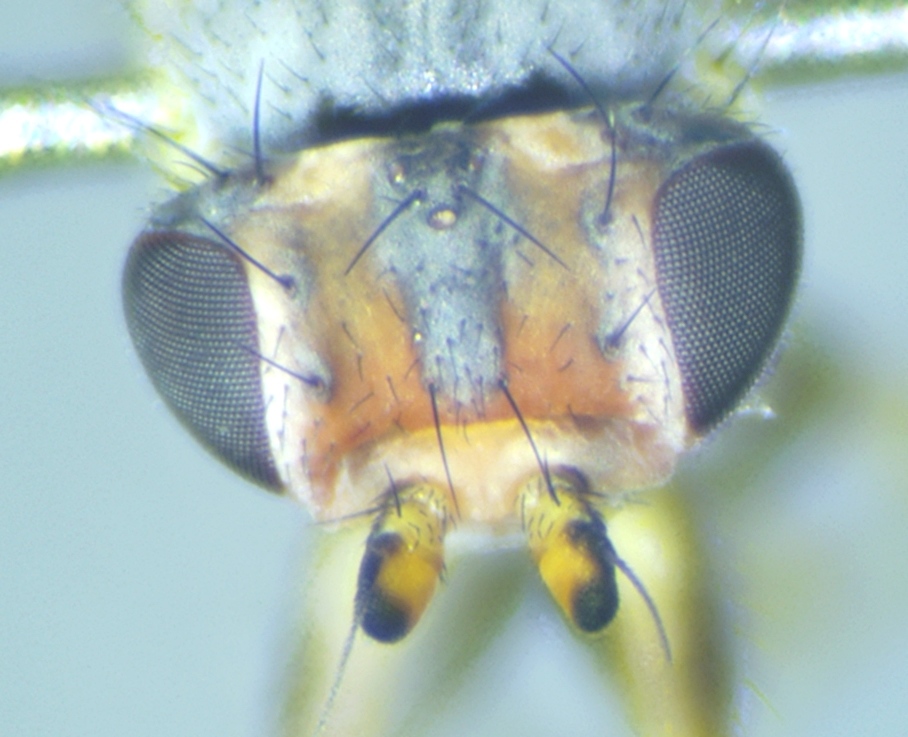 [199.23Kb] |
|
|
|
| christoophe |
Posted on 04-09-2024 12:43
|
|
Member Location: France Provence Posts: 1995 Joined: 06.02.08 |
spot
christoophe attached the following image:  [197.51Kb] Edited by christoophe on 04-09-2024 12:46 |
|
|
|
| Jump to Forum: |











